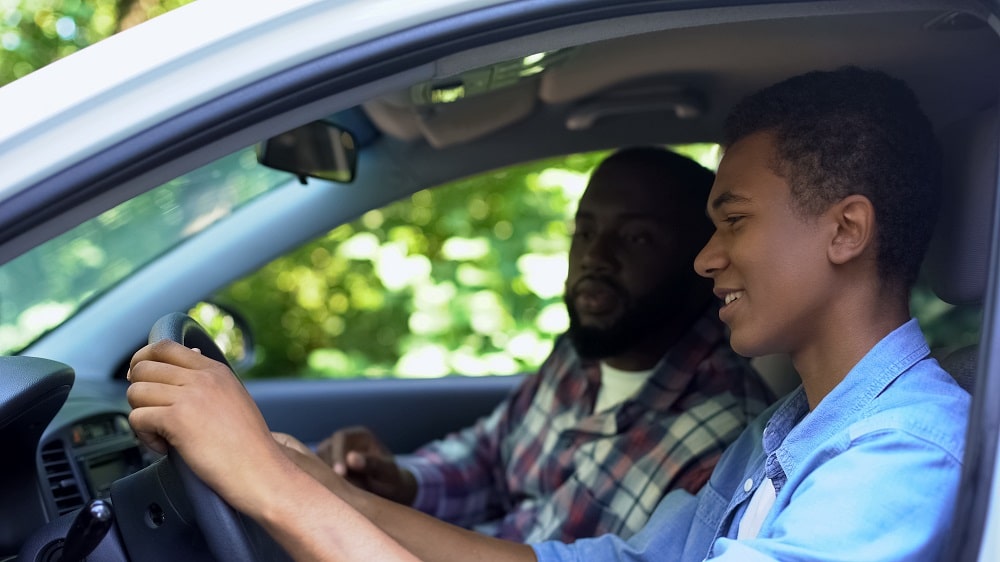Although most teens are itching to get behind the wheel after taking their long-awaited driving test, parents often feel a sense of nervousness watching their children operate a vehicle for the first time. There is no shortage of distractions and hazards for teens embarking on the road for the first time between reckless drivers, poor weather conditions, playing children, and cyclists. However, with proper guidance, drive-safe courses, and hours of practice, you can help your teen prepare for the road ahead.
For anxiety-ridden parents looking to minimize dangerous situations, read on for five ways to instill responsible driving habits onto your teen.
Enroll your teenage driver in a defensive driving course
For most teens, a sense of freedom comes with obtaining a driver’s license. However, with increased independence comes heightened responsibility to avoid accidents and roadway mishaps. Luckily, with the help of driving safety courses, your teen can learn the ins and outs of defensive driving techniques and behaviors.
Safe driving courses instruct teens how to drive confidently, reduce the risk of accidents, and dodge expensive fines and law enforcement run-ins. By teaching them how to react and adapt to drivers around them and potential roadway hazards, defensive driving courses decrease driving risks while lowering insurance premiums up to ten percent.
Lead by example
Although safe driving courses can set your teenager up for success when learning to drive, they will likely look to you as an additional source of knowledge and experience. When traveling with your child in the car, make sure you’re implementing safe and defensive habits, encouraging them to follow suit. Stop promptly at stop signs, utilize your blinker when changing lanes, and avoid speeding to show your child what careful, responsible driving looks like in action.
Passenger limit
A simple way to keep your teenager safe from afar is to implement a passenger limit when driving without adult supervision. Although it may be tempting for fresh-faced teens to pack their friends into the backseat, limiting the number of people in the vehicle is crucial to dodging distractions. It may seem fun to blast music and chat with friends while on the road, but the consequences can be dangerous, which is why it’s essential to limit passengers as often as possible.
Steer clear of night driving
Although driving in the dark may be unavoidable at times, enforcing a curfew can keep your teen safe from the dangers of nighttime hazards. In fact, some states have special driving curfews in place for teenagers under 18 to minimize accidents. Inexperienced drivers may find themselves stressed as they strain their eyes to see turns, oncoming traffic, wildlife, or roadway signage in the dark. Additionally, when on the road at night, the chances of drowsy driving increase, leading to dangerous, life-threatening incidents. Night driving glasses can help in case your teen needs to drive at night for some reason.’
Install safe driving applications
Regardless of the precautions in place to keep your teenager safe during this newfound period of independence, you can’t be sure they’re following your suggestions unless you’re in the car with them. However, there are ways to track and moderate their driving behaviors from afar. Safe driving applications allow you to follow along their route, monitoring their speed and distance to ensure they engage in responsible practices. Some phone apps also have driving modes that disable phone use until the car has come to a stop, allowing your teenager to focus their full attention on the road ahead.
Parting thoughts
Although allowing your teenager to get behind the wheel and take off without your supervision can be daunting, you can lead by example, teaching them reliable driving techniques. Show them safe roadway habits, enroll them in defensive driving courses, and enforce strict passenger and curfews to reduce distractions and accidents. That way, they can enjoy their newfound freedom without threatening their safety.

